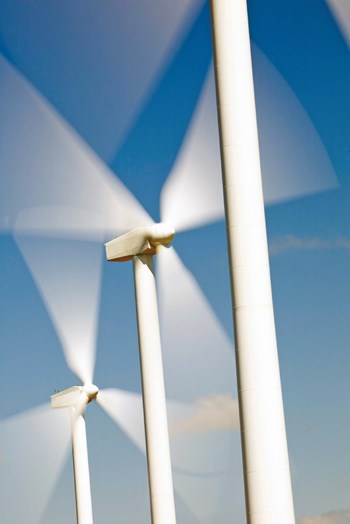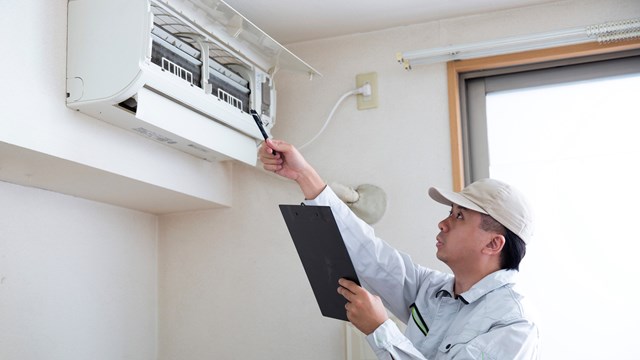
Because they are relatively large and must maintain sizable common areas, condominiums have been hit particularly hard by rising energy costs. But because they are shared ownership communities, and because they often share walls, condominiums are also well-suited to benefit from utility or government-sponsored energy conservation programs, as well as green technology upgrades.
Most utility companies offer some form of incentives that underwrite a variety of ways for condos to save money by being more energy efficient.
Bay State Gas, for example, offers rebates for high-efficiency heating and water heating equipment, as well as Energy Star products such as thermostats and windows. Discounts and rebates are also available for improving insulation and air sealing. If the condominium unit qualifies, Bay Stateassumes half the cost, up to $1,500. In condominiums where one meter serves multiple units, the savings can go as high as $50,000.
And the turnaround time is relativelyspeedy.
“For our rebate programs—heating and water heating systems, thermostats and windows—we generally provide a four to six week turnaround, provided the customer mails in the proper documentation outlined on the rebate application form,” explains Kara A. Gray, residential program manager in the Demand Side Management divisionof Bay State Gas/Northern Utilities, in Westborough, Massachusetts.
To get the larger sums back, there are some additional steps.
Energy Audit Required
“To receive the fifty percent up to $1,500 for residential customers or the fifty percent up to $50,000 for commercial customers, Bay State Gas requires an energy assessment,” says Gray, which usually is completed in about six weeks.
“During the energy assessment, Bay State Gas will assess the unit(s) and recommend cost effective energy improvements,” Gray says. “At that time the customer can decide which improvements, if any, he/she would like to move forward with, and we arrange for a contractor to install the improvements.”
NSTAR, the largest Massachusetts-based, investor-owned electric and gas utility, has a different approach. Customers can opt to get either half or all of their electricity generated from wind power.
“NSTAR has signed two ten-year contracts to supply ‘green’ power to customers,” according to the NSTAR website. “One contract is with PPM Energy to receive 30 megawatts of clean energy from the Maple Ridge Wind Farm in upstate New York. The other contract is with TransCanada Corporation for 30 megawatts from theKibby Wind Power Project currently under development in Maine.”
The wind power option costs fractions of a cent more per kilowatt hour, so the savings are of the “we’re-doing-what’s-best-for-the-environment” variety.
In addition to rebates from utility companies, there is both state and federal aid available to condos that upgrade to more energy efficient models. Combined with the rebates, the aid can finance up to 61 percent of the cost of a project.
Rebate Programs Boosted
Two recent developments—one in the court, one in the Massachusetts legislature—figure to impact the ways condominiums can benefit from variousenergy rebate programs.
In the former, the River Run co-op in Northampton, Massassachusetts, won a landmark ruling against Bay State Gas involving energy tax credits and how they are determined.
Curt Freedman, the president of CMF Engineering in Longmeadow, Massachusetts, and the engineer at River Run, explains the case using simple numbers:
“Let’s say you spend $1,000 on solar equipment, and you approach the utility company to get a rebate. Let’s say $1,000 would save $100 a year—there would be a ten-year simple payback period. To the utilities, a ten-yearpayback is too long. It’s insufficient return on investment for them to take public money from the conservation fund,” he says.
Freedman and the River Run co-op argued that although the upfront cost would be (to use his illustrative numbers) $1,000, when the federal and state tax credits were taken into account, the realized cost would be $600—a six-year simple payback. The typical payback period the utilities seekis seven years—which, if calculated using realized cost, would qualify the River Run co-op.
“The DPUC”—the Department of Public Utilities Commission—“said that costs should be evaluated from anafter-tax point of view, not a pre-tax point of view,” says Freedman.
“After all is said and done, between the rebates and tax incentives, you endup paying 39 cents on the dollar for the project,” Freedman says.
The DPUC ruling will, in effect, makemore projects eligible for more aid.
Renewable Energy Tax Credits Pending
Dovetailing with the DPUC ruling is a piece of legislation working its way through the Massachusetts state legislature: Senate Bill 01737, on Renewable Energy Tax Credits, which will provide additional financing for homes that use efficient energy.
“This bill will encourage growth of Massachusetts’ renewable energy economy,” writes Patricia D. Jehlen (D – 2nd Middlesex), one of the sponsoring state senators, “by supplementing existing income tax credits for renewable energy installations by an additional 15 percent or $1,000 (whichever is less) above the current incentives, provided that the renewable energy components were manufactured in Massachusetts.”
That the state and federal government are committed to subsidizing efficient energy is good for the environment, for the pocketbooks of customers, and for encouraging businesses to come up with better, more efficient means of energy production. But there are still problems.
And sometimes, it’s the infrastructurethat’s the problem.
The Freewatt System – which produces electric power as a by-product of its heating functionality –is essentially an add-on to the existing furnace. While generating heat, the Honda-developed co-generation system also generates electrical power—it’s like having a mini power plant in the boiler room.
But when the Northeast Sustainable Energy Association tried to install such a system in their building in Greenfield, Massachusetts, they ran into problemsintegrating the Freewatt unit into the city’s electrical grid.
“We discovered that there are two types of electric grid systems—one is linear, the other is where you have a loop,” says David Barclay, NESEA’s executive director and a wealth of information for this article. “In some city areas they put in loops so there are fewer power outages.”
The Freewatt System and the loop grid were as compatible as Mac and PC.
“If you were generating more than one-fifteenth of your power, they didn’twant you to feed off into the grid,” Barclay explains. “In some cities they have resolved the problem.”
But not, alas, in Greenfield.
When even NESEA encounters snags with being energy efficient, thereis still a lot of work to be done. But the court ruling, the Senate bill, and, more than anything, the focus on alternative energy, can only be seen as a green light to the future.
Greg Olear is a freelance writer for New England Condominium Magazine.






Comments
Leave a Comment